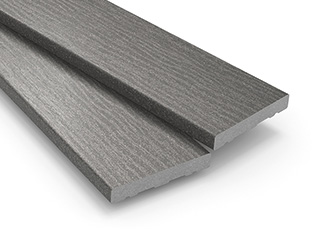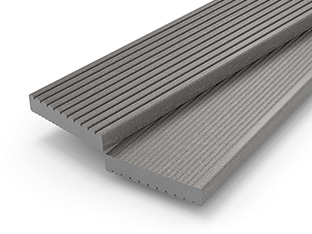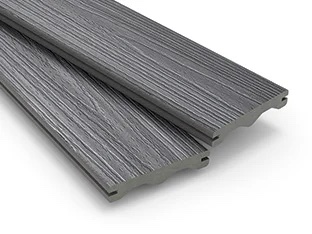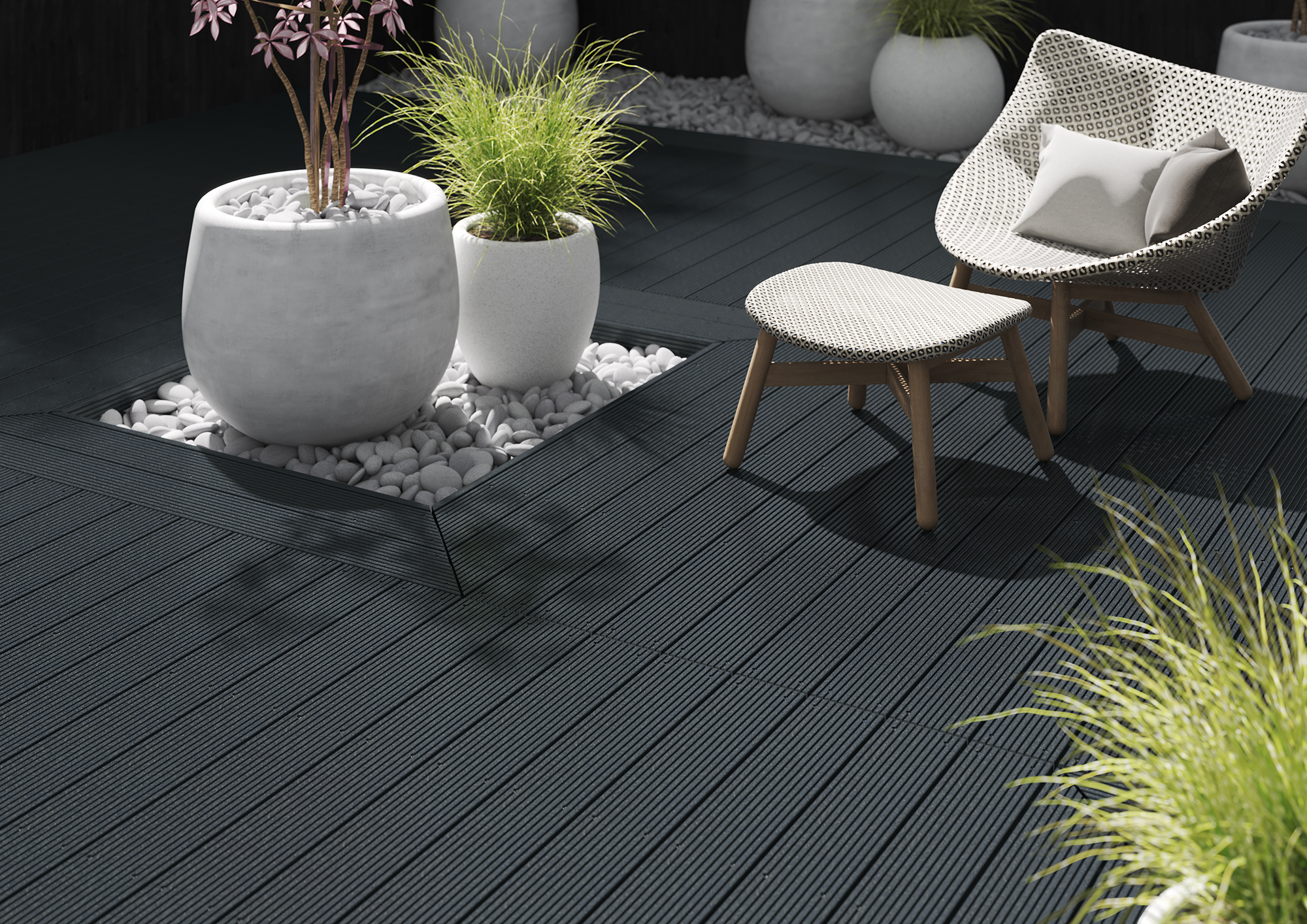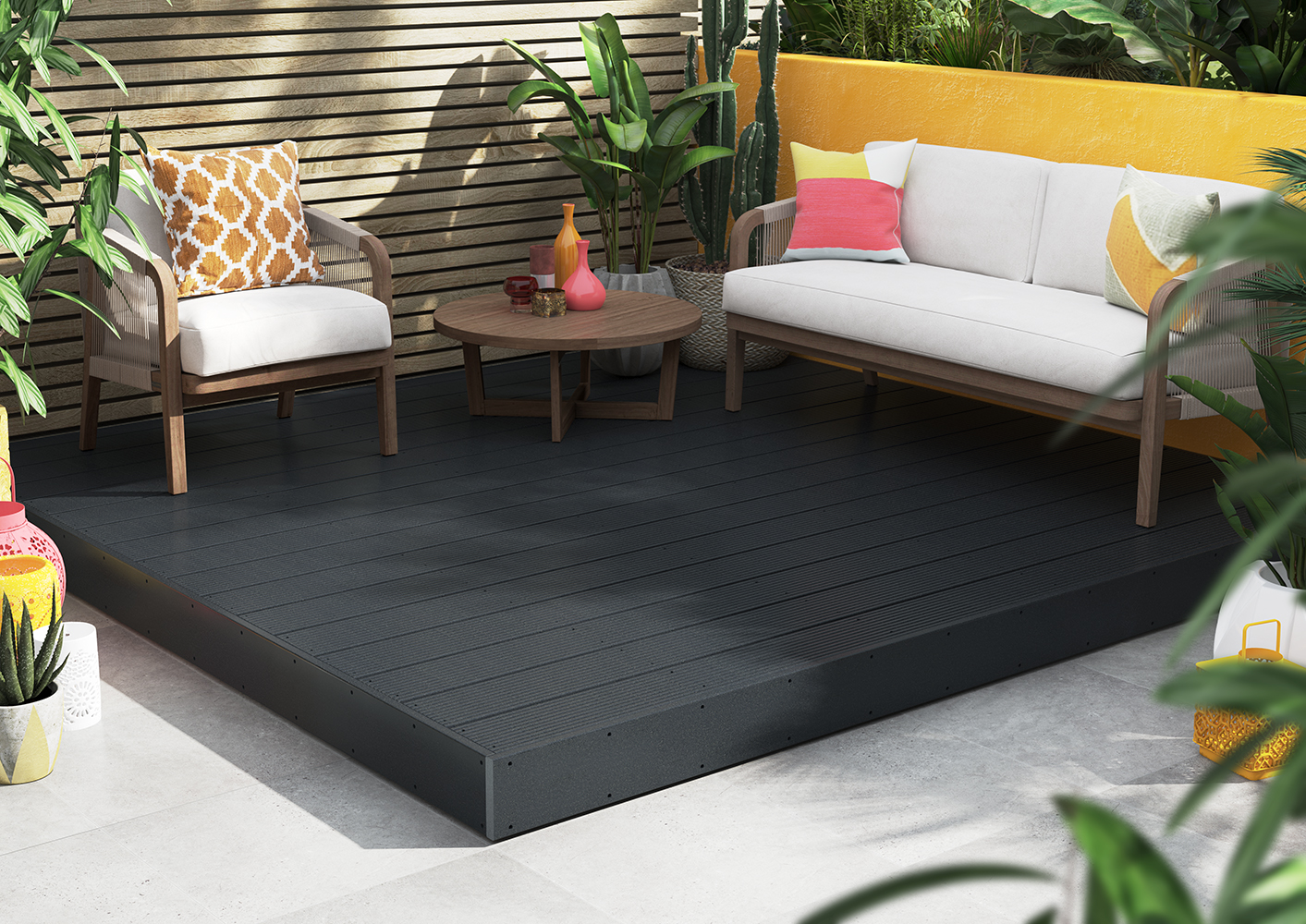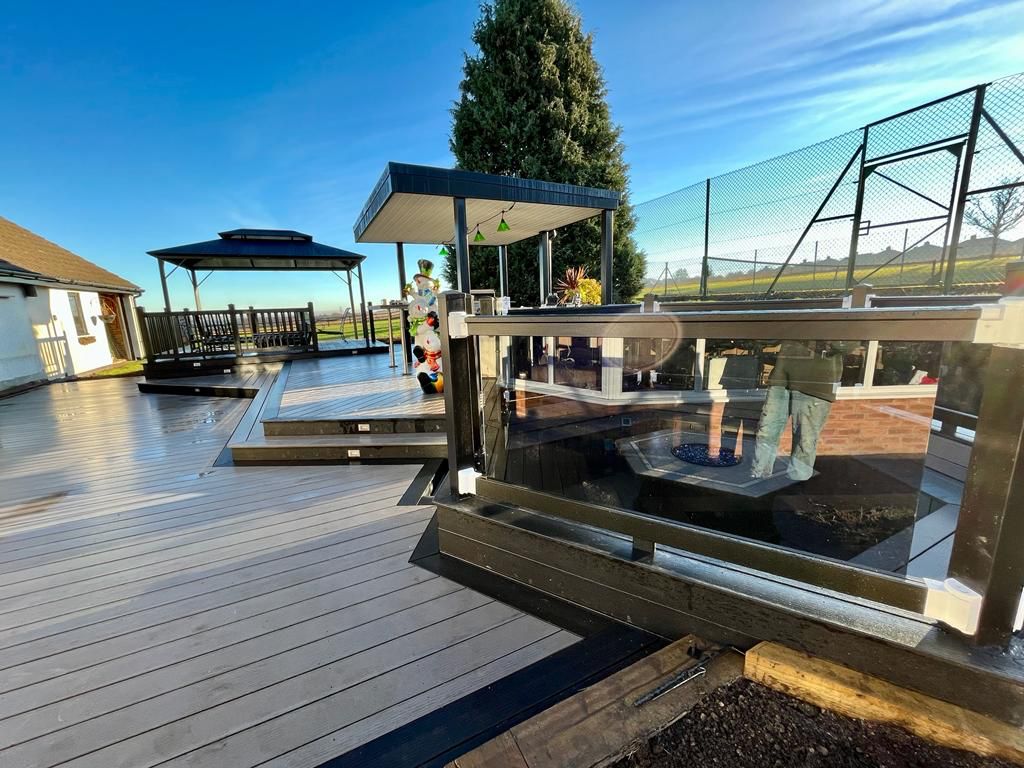Buying new decking can be costly. As such, we all want to ensure we are making a sound investment and one that will last. However, with so many different types of decking available, it can be difficult to know which to choose. In this blog, we look at the many materials decking can be made of – and how these materials can affect the life span of your new decking.
What is composite decking?
Firstly, composite decking. Wood composite material is a combination of wood fibres, recycled plastics, and bonding agents. These materials are heated together, formed into boards, and then cooled. The result is a high-quality, long-lasting composite board, which has all the beauty of timber but the practicalities of plastic.
Composite decking can also be extremely sustainable. For example, here at Ecodek our composite boards are made from 95% sustainably sourced and recycled materials and are 100% recyclable at the end of their lives.
How Decking Lifespan Can Change by Material
The material from which your decking is made can have an impact on its lifespan.
Timber
Wooden decking is beautiful, but it is also susceptible to damage from the elements. Timber decking requires regular treatments to keep it protected and looking lovely. If this is not done, wooden decking can splinter, warp, and discolour over time. This means your decking will not only be unsightly, but also unsafe. All this combined, will affect the longevity of your wooden decking.
Capped composite
PVC decking is manufactured from purely manmade materials. It does not need any paints or treatments to protect it against the weather and will not splinter or split. It is also easy to maintain, requiring only an occasional sweep and rinse with water. As such, a PVC decking will last much longer than a traditional timber one. However, it is worth considering that some PVC decking may fade in colour over time.
Composite
Composite decking is the ideal combination of recycled materials and sustainably sourced wood. This makes for a highly practical deck board that beautifully emulates real timber. It requires no treatments and can be cleaned with a sweep and a rinse. It will not rot, warp, or splinter, and is slip-resistant, making it safe underfoot. All of this combined, means composite decking is built last – and the accompanying warranties will usually reflect this.
Capped Composite
Capped composite deck boards are boards which have a covering on either end. These ‘caps’ prevent debris and dirt from getting into the centre of the board. The addition of capped ends will help to strengthen the integrity of the board and result in a longer lifespan.
What can impact the life expectancy of composite decking?
Composite decking has been specifically designed to be durable and long lasting. However, there are a few things that can affect its lifespan and things you can do to assist the longevity of your composite decking.
Cleaning
Although extremely easy to maintain, it is still important to keep your decking free of debris by sweeping it on a regular basis and washing it with warm water. This will help prevent the build-up of dirt and mould, which can cause problems such as a slippery surface and discolouration.
Direct light and heat
Warm weather can cause composite decking to expand and contract. This shouldn’t affect your decking if it was installed with the correct spacing between the boards. However, direct light may cause the surface of your composite decking to discolour slightly. A way to counteract this, is to use a large patio umbrella or an outdoor rug when the sun is particularly strong.
To find out more about composite decking and its many benefits, call our friendly team today on 01978 667 840.

